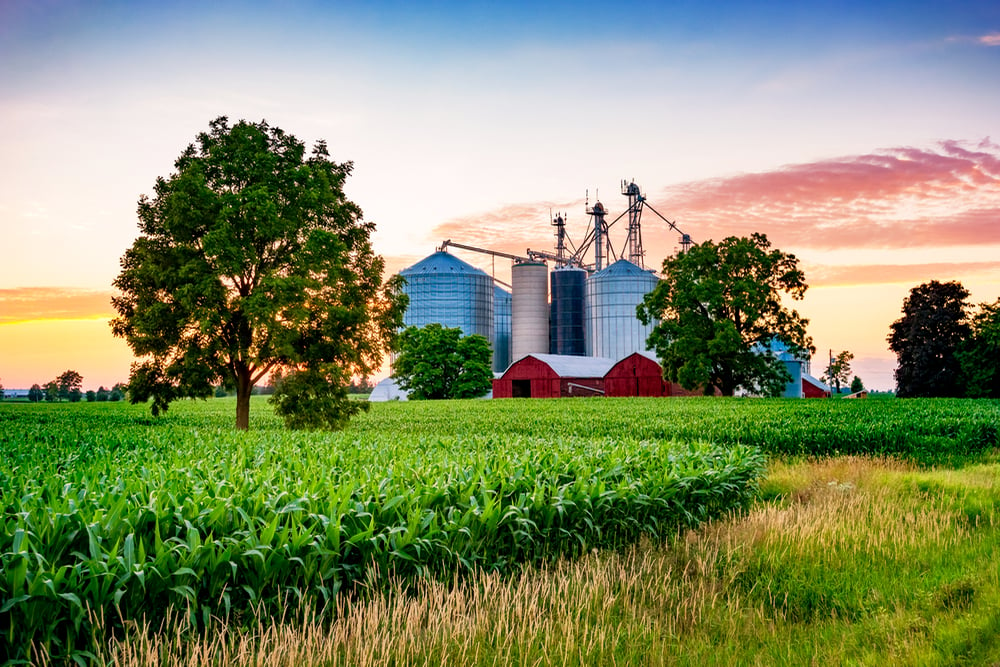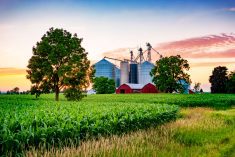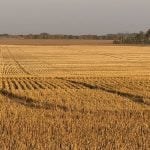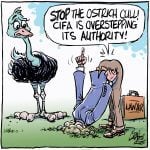The advice sounds like bizspeak. I’m being told that if you want to make high-quality decisions about your machinery inventory, you need to think “strategically.” As if you wouldn’t ordinarily think about the health of your farm when making such big decisions.
But Dale Kaliel means something more. Kaliel is senior production economist with Alberta Agriculture and Rural Development and he’s involved with AgriProfit$, a business analysis and research program in which enrolled Alberta crop, forage and beef producers can see the outcome of their machinery choices, as well as work out unit costs on a per-acre and per-bushel basis.
Read Also

The wildly adaptable side of next gen agriculture
Some people just fall into the world of agriculture — and consider themselves lucky to have stumbled into such a…
The problem, says Kaliel, is that it’s easy to focus on your next decision, rather than thinking about the even bigger issues. In other words, you can focus on whether to buy that new tractor this year or next instead of whether your overall machinery inventory is giving you the optimum balance of efficiency and cost.
“Many of the budgets that get run by producers — at least in my experience — have been related to the value of some speculated improvement in total yield and getting better quality, more bushels per acre, getting in and getting off in a timely fashion, while they don’t always evaluate the cost side of that machinery choice,” Kaliel says.
Too often the answer to technological investment is an automatic yes. And the risk there is that you’re inviting an increased overhead burden per acre, and perhaps per bushel as well.
Says Kaliel: “What concerns me is that you may see some modest improvements in your cash flow in the intermediate term, but in the long term, from a profitability point of view, all costs included, there’s a greater likelihood that that choice may have gone the other direction had you done a full evaluation.”
To back up his concern, Kaliel points to actual numbers. In southern Alberta between 2005 and 2007, dryland farmers who made up the top third in profitability ran about 47 cents a bushel on wheat in depreciation charges, versus the average of 56 cents for the entire group.
Fuel costs on average during the same period reached approximately 26.5 cents per bushel compared to 21 cents for the most profitable farmers, while the average for machinery and facilities, repairs and maintenance, was 24 cents a bushel versus 21.5 cents per bushel for the top end.
Livestock
Strong oilseed prices can create a dangerous environment, leading some ranchers to make reactionary choices that may not be consistent with their long-term strategic plan.
“$14 per bushel can bring a lot of canola into a rotation,” says Kaliel, who then adds that it can backfire. “If I was choosing to move towards forages and grazing and be in the beef business more, but I’m still maintaining a full line of tillage equipment so that two years in eight I can put canola in, now my business as a whole is carrying some fairly substantial overhead in that kind of equipment.”
In cattle production, much like crop operations, farmers tend to add equipment rather than strategically take it away, Kaliel says.
“When you change to more of a grazing focus, you can use a different feeding system that’s less intensive, less investment, or you can just carry more cows as long as you have sufficient acres on the grazing side to carry that,” Kaliel says.
If the number of feeding days is reduced greatly, assess if there is a different feeding system that you should be considering, one that has a different capital mix, requires different machinery and facilities.
“For instance, if I’m going towards perhaps a hay feeding system as opposed to silage. how would I man that? What kind of implements would be required for a hay feeding system to feed the same number of cows or even more cows over fewer days?” Kaliel asks, noting those choices will ripple through the rest of the business.
It quickly adds up. For 2007, depreciation charges on Alberta cow herds ran at an average of $32.40 per cow for producers in the AgriProfit$ pool. For the producers with costs in the lowest third, it was just $26.70.
A farm’s business plan should reflect the strategic direction of the business, where it will be going over time, how to equip it, and how to justify those decisions.
Says Kaliel: “When the days are short and it’s cold, spend some time framing out your future equipment needs so that when you get to your strategic turnover point on your equipment, you’re making the right choices.”















